
Orders
The importance of order, an overarching set of relationships that governs the whole, has guided architecture since the classical period. Orders like symmetry, repetition and sequence as well as the orders, classical symbolic logic, has inscribed buildings with meaning and made them possible to build. Now though, the heterogeneity of contemporary culture and the potential of current building technologies throw the importance and utility of order into question. Formal hierarchies can imply social ones that we might now like to avoid. Software makes it possible to think of a building as a voxel model – as a set of completely autonomous elements each with unique dimensions and relations. A completely randomized building is now possible to build.
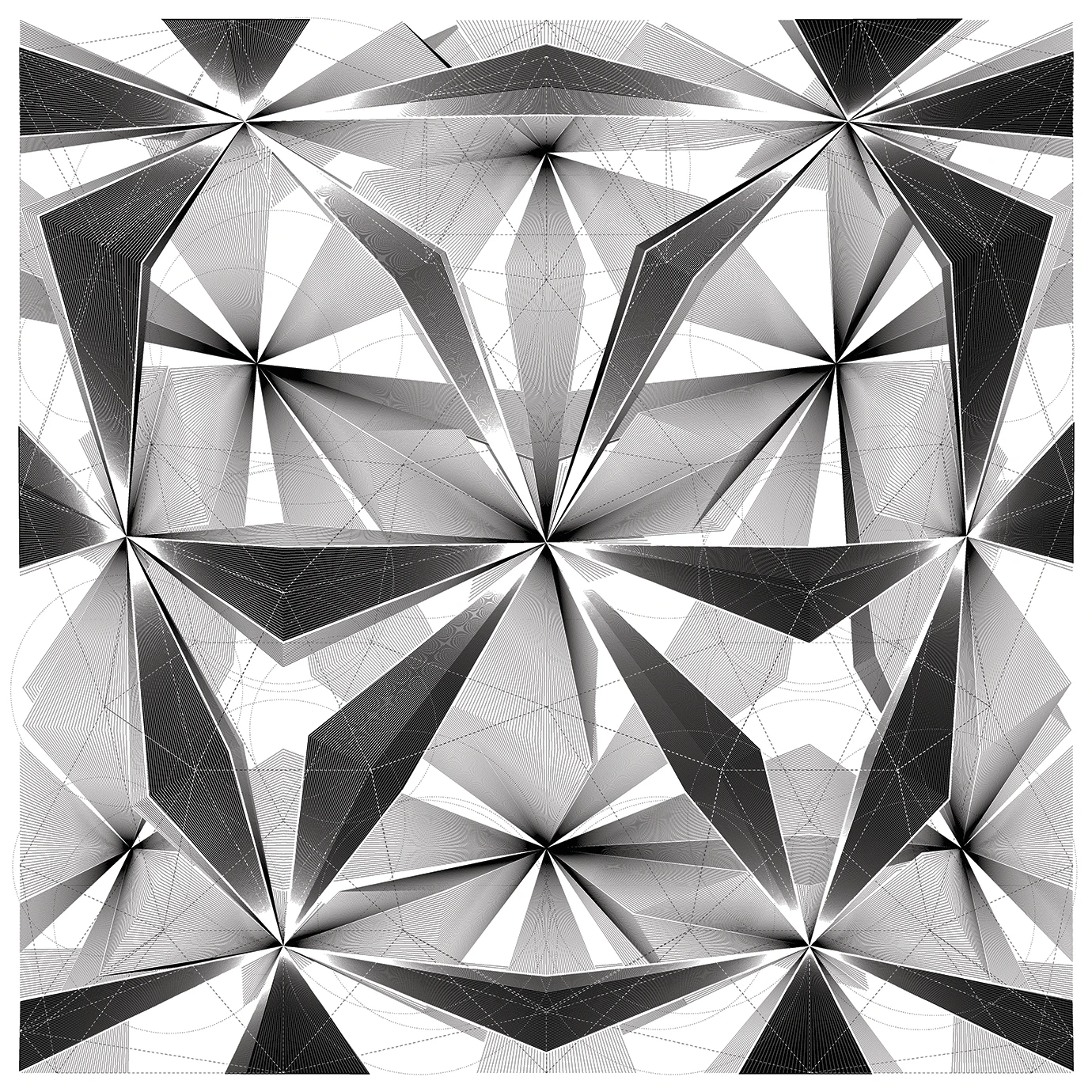
While complete formlessness may be possible, we attempt to intensify order rather than relinquishing it. On a spectrum from modularity to randomness, complex forms of order approach the right pole without reaching it; they lie far from the smooth variation of parametricism, approaching the freedom and adaptability of randomness without losing coherence. Current software can be used to accommodate each individual element on it’s own terms (the voxel model), or it can help to organize them in new ways, to synthesize dramatic differences and produce new intensities.
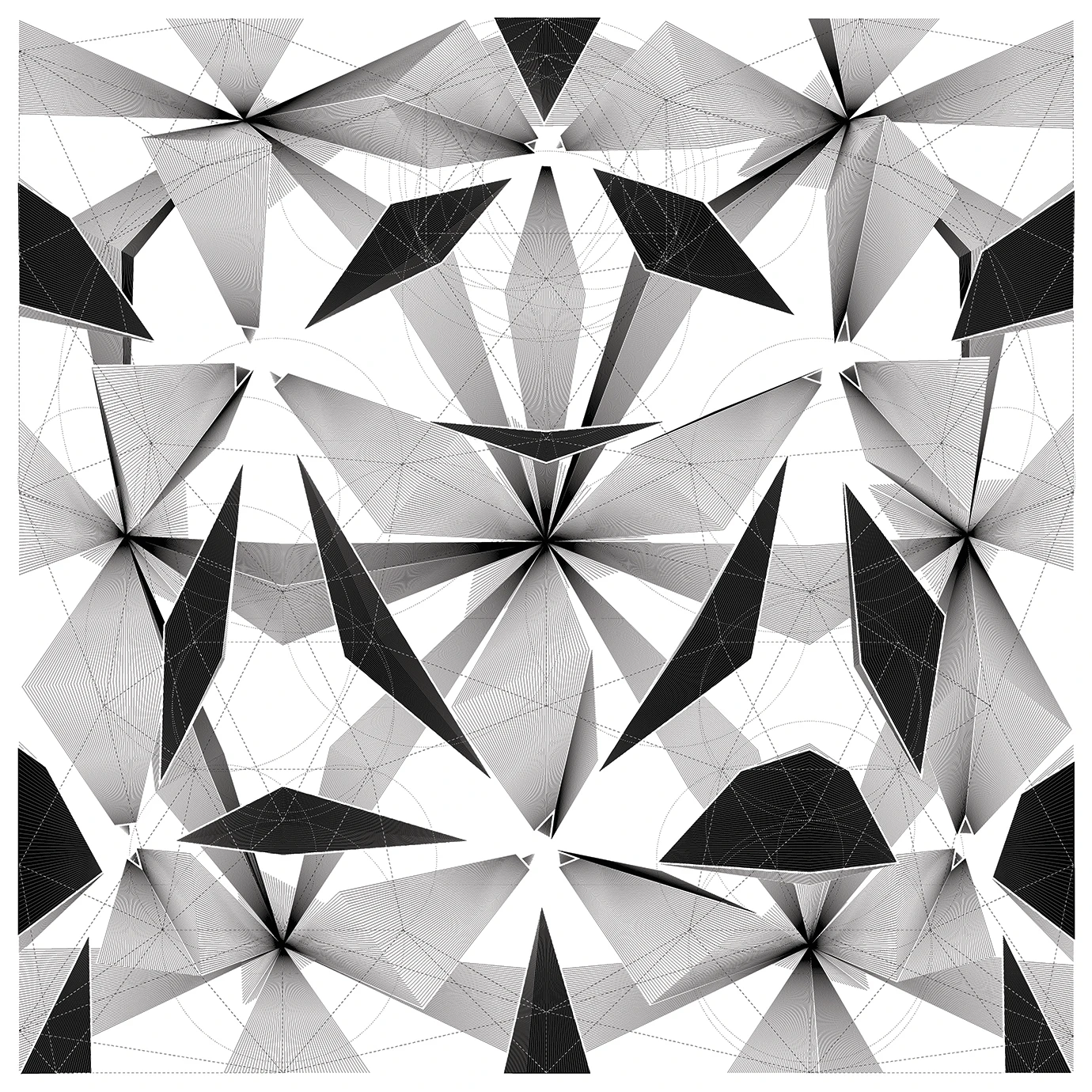
These drawings of a box kite done for the Possible Mediums Exhibition at Ohio State University in 2014 document the complex 3-dimensional order of the kite’s intricately stacked volumes. A logic of 3-dimensional packing rather than deformation or smooth variation creates nested hierarchies and symmetries as well as individual cells with very different character and orientation.
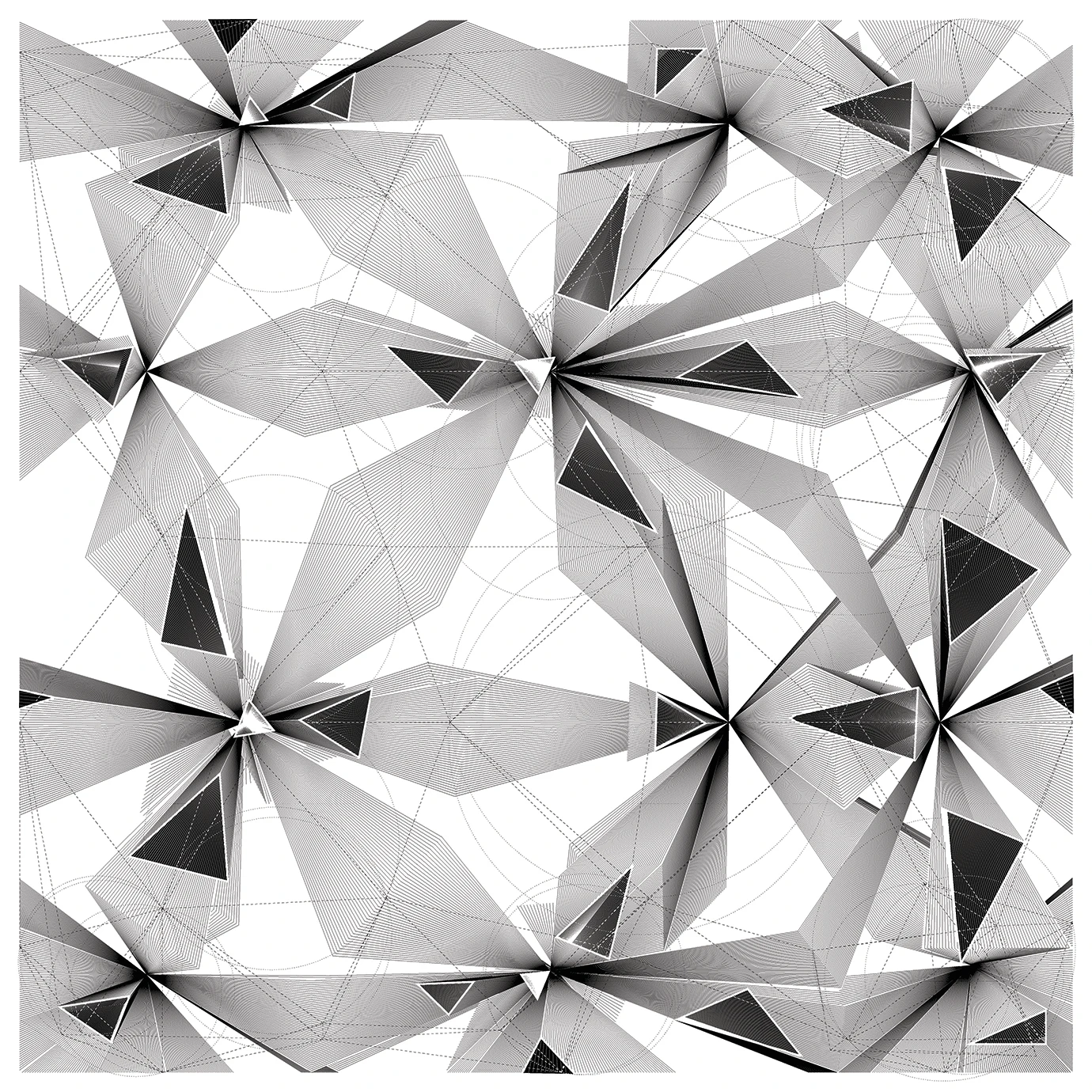
Unlike the vector drawings of our Slipstream installation, these plans and sections produce crisp edges and discrete volumes while also suggesting light and material texture through dense linework.
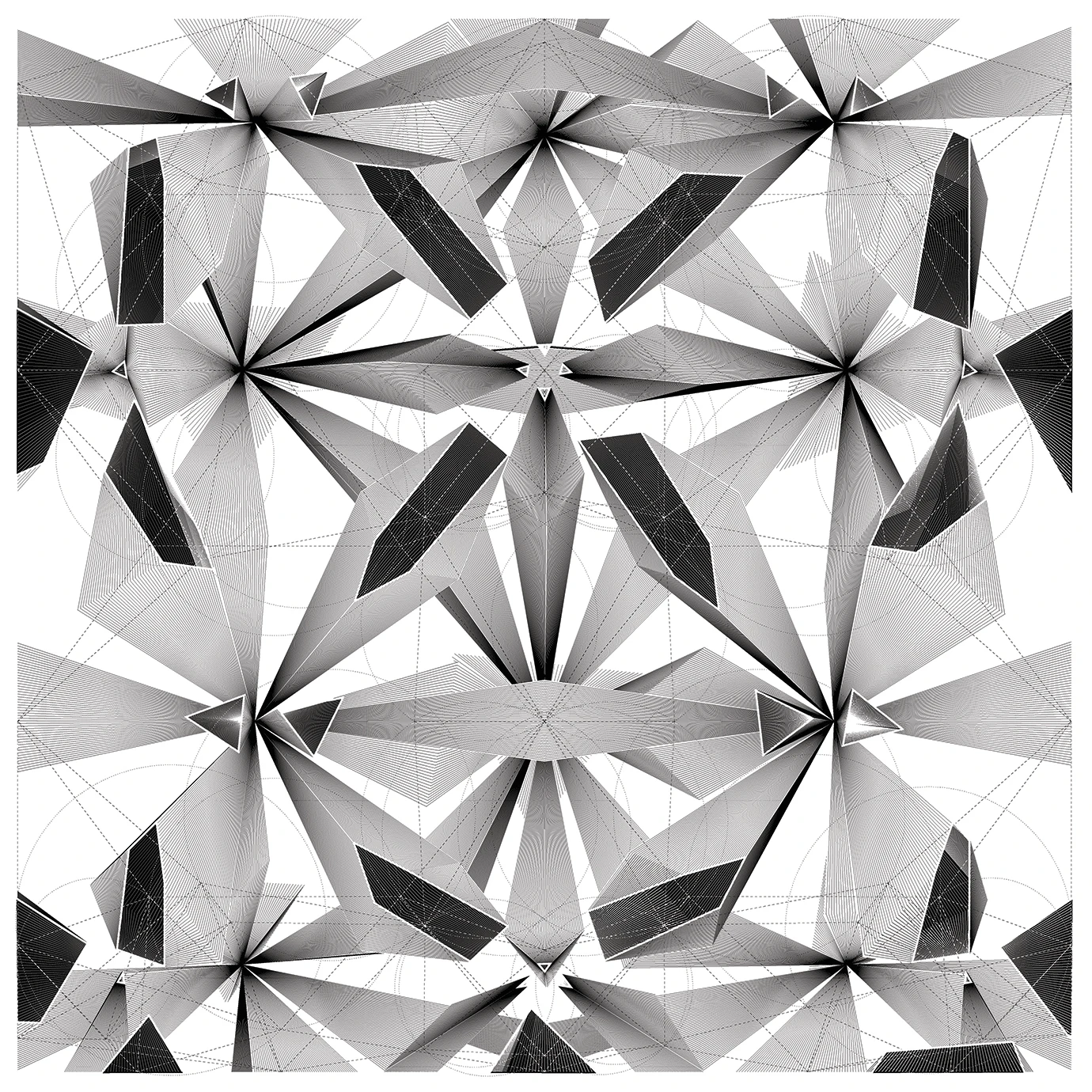
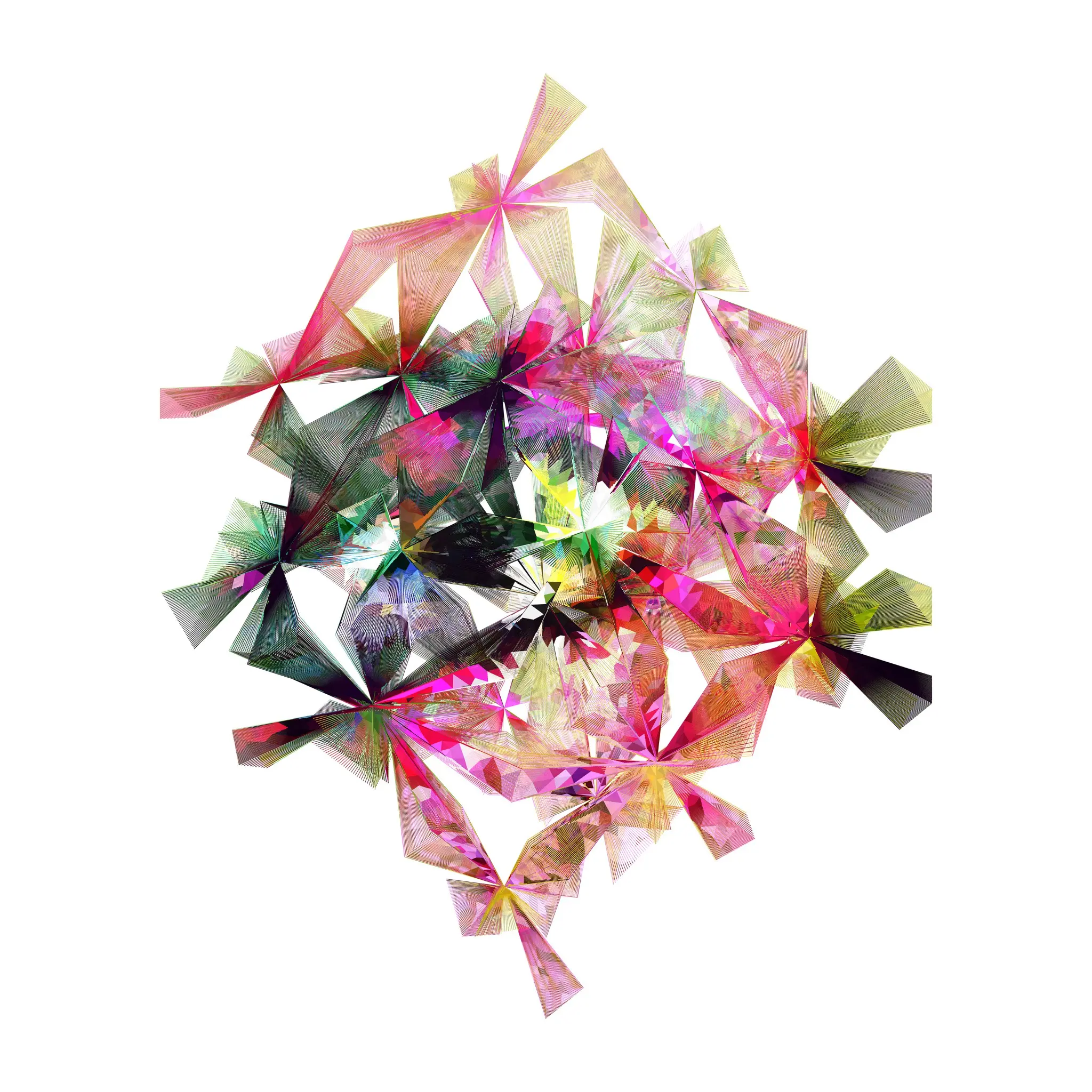
Two images of Marilyn Minter’s highly decorated eyes are projected through the cells of the kite, producing points of figural legibility read against the geometry.
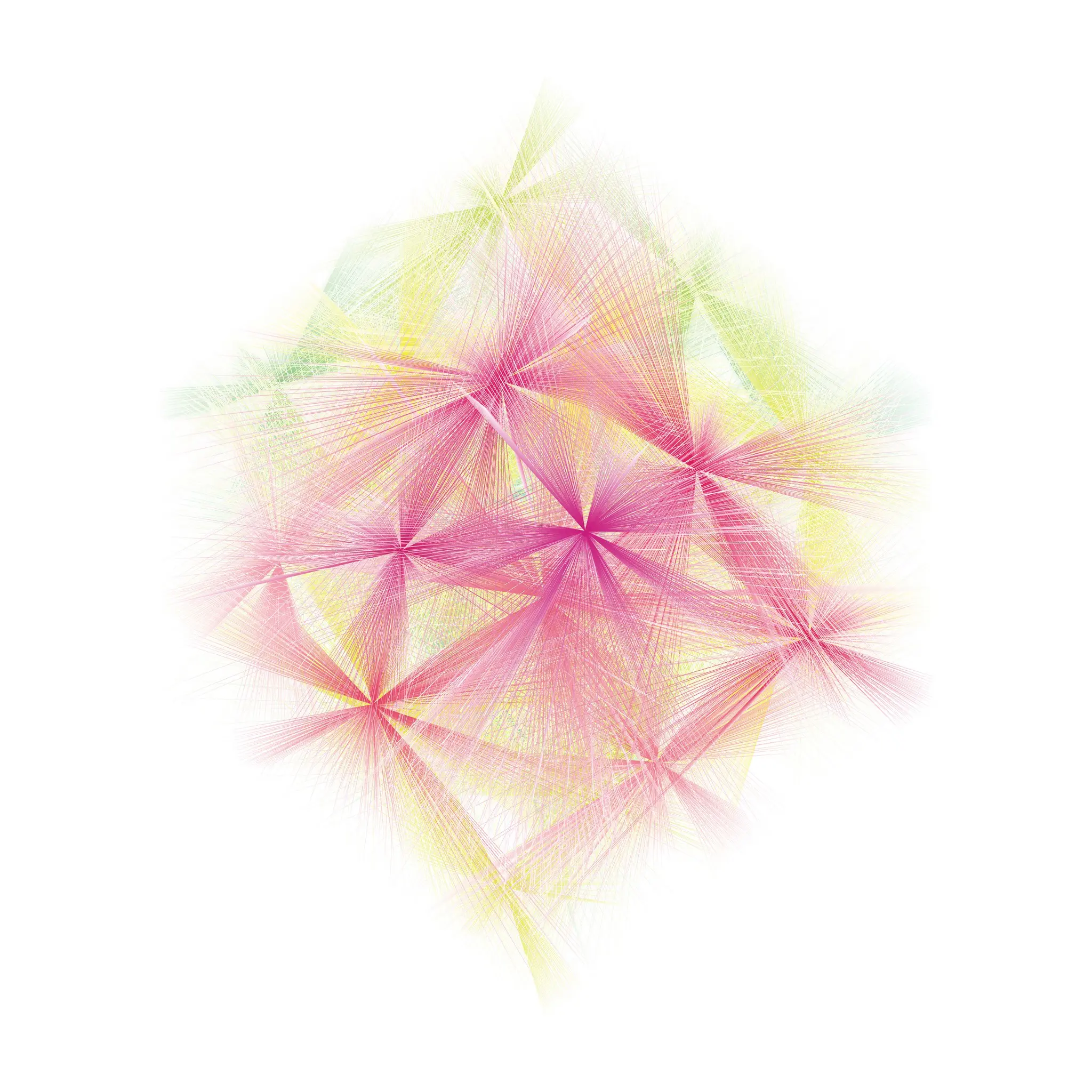
Project Team: Juan Lau, Florian Fend, Connor Gravelle, Anass Benhachmi, Johannes Beck, Adam Paul Martinez, Michael Torres, Elberth Recinos, Jonathan Cooper, Grey Crowell Drawings: Anass Benhachmi